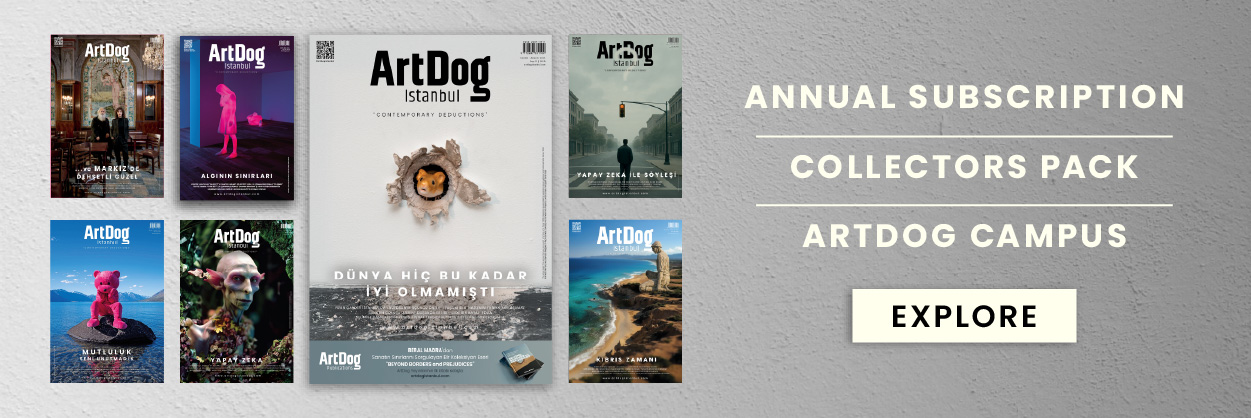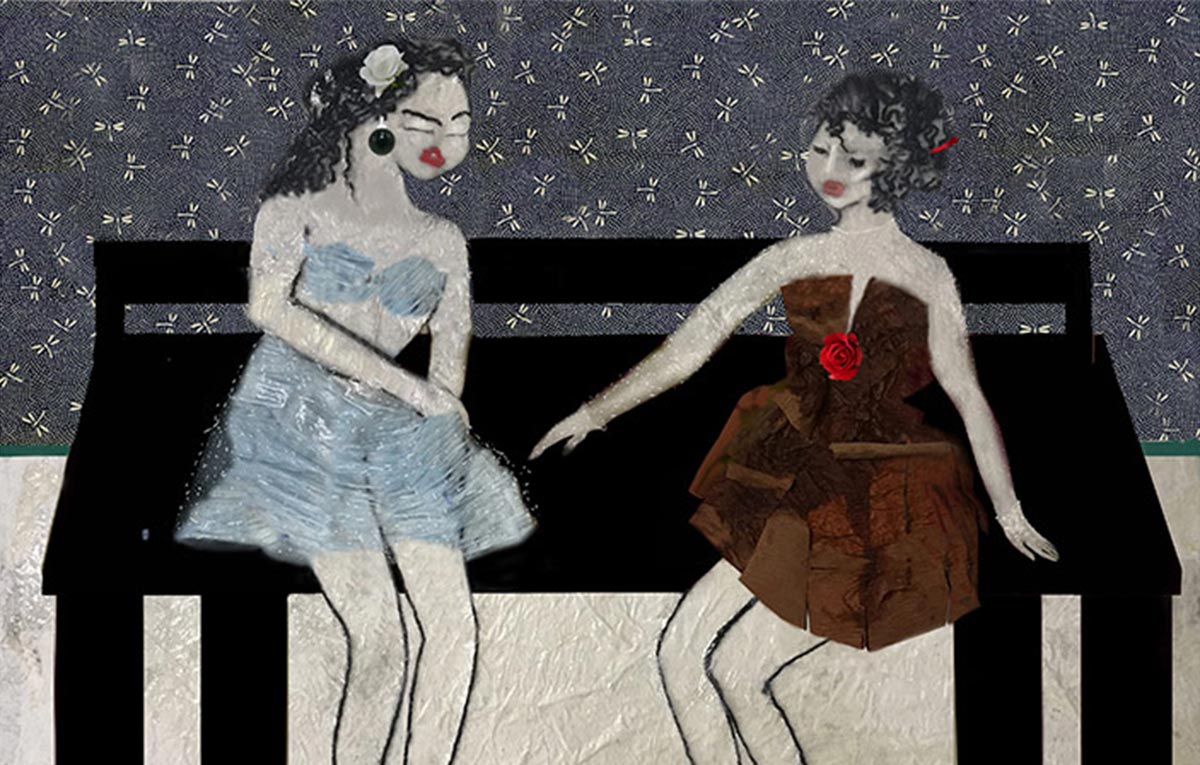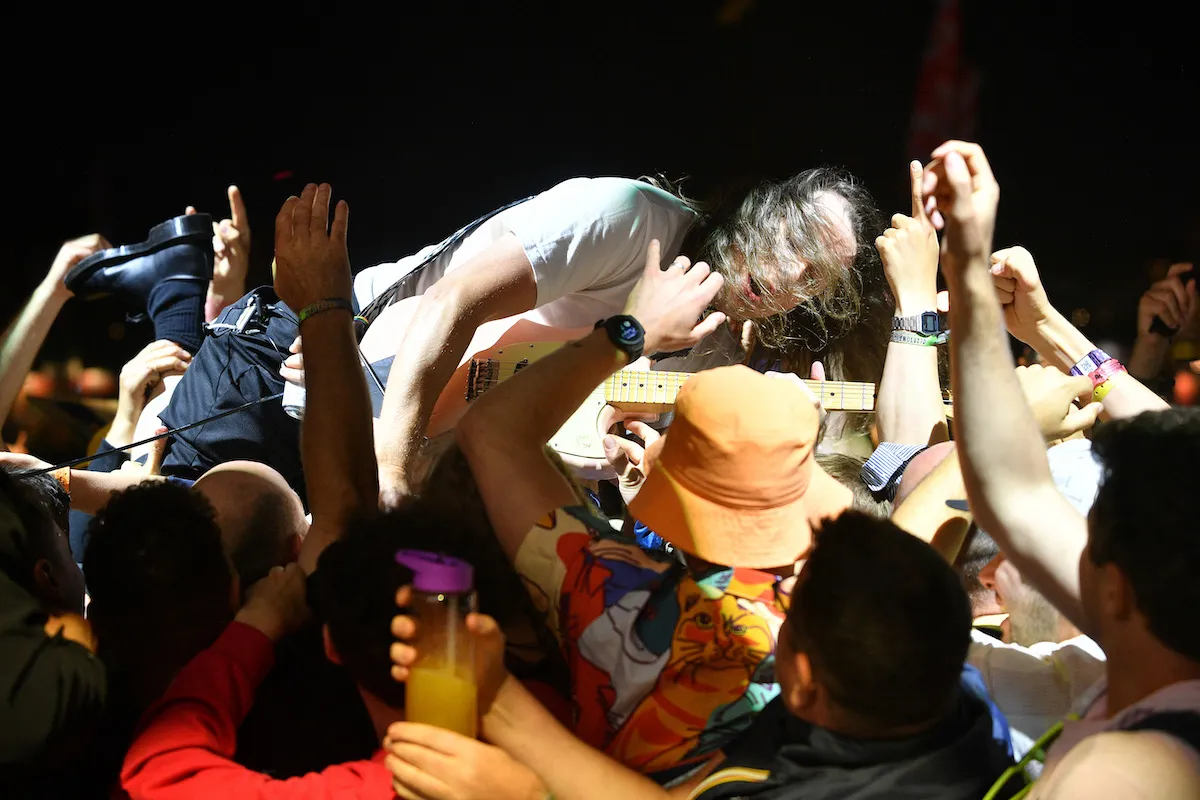“And here are the women… Women who question the male domination, who aim to see the active role of women in historical processes, who try to identify and transform gender stereotypes, who fight against the patriarchal system and the capitalism with which it is often intertwined, and who defend diversity and equality. İpek Duben, Azade Köker, Nancy Atakan, Suzy H. Levy, Dilara Akay, Gönül Nuhoğlu. These are women with strong beliefs that the world can change with human will and collective expression, and thanks to Duygu Asena, a brilliant woman who fought for freedom, ‘Woman Has a Name’ and there are many women who do not hesitate to make it happen.”
These are written in the promotional catalog of the exhibition titled “Woman Has a Name”, which will continue at G-Art until June 30. As ArtDog Istanbul, we asked two questions based on the name of the exhibition and the artists’ strong stance on women’s issues.
The first question is as follows: “’The woman, the one who cannot have freedom over her own body./ The woman, whose voices and words cannot be heard./ The woman, the object of spectacle./ The woman, the object of desire./ The woman, excluded from the writing and interpretation of history.’ This is how the press release of the exhibition begins. According to the data kept by Bianet, men killed at least 333 women in 2023 and 159 women in the first five months of 2024. The data can be multiplied in every sense, but when you look at them, do you think it is really possible to name the exhibition as ‘Woman Has a Name’?”
The second one is as follows: “You are women artists working with womanhood focus in your art practice. What kind of ‘presence’ do you think your work can bring to women from all classes? Or, to put it more plainly, does art save women?
The artists of the exhibition answered our questions in order.
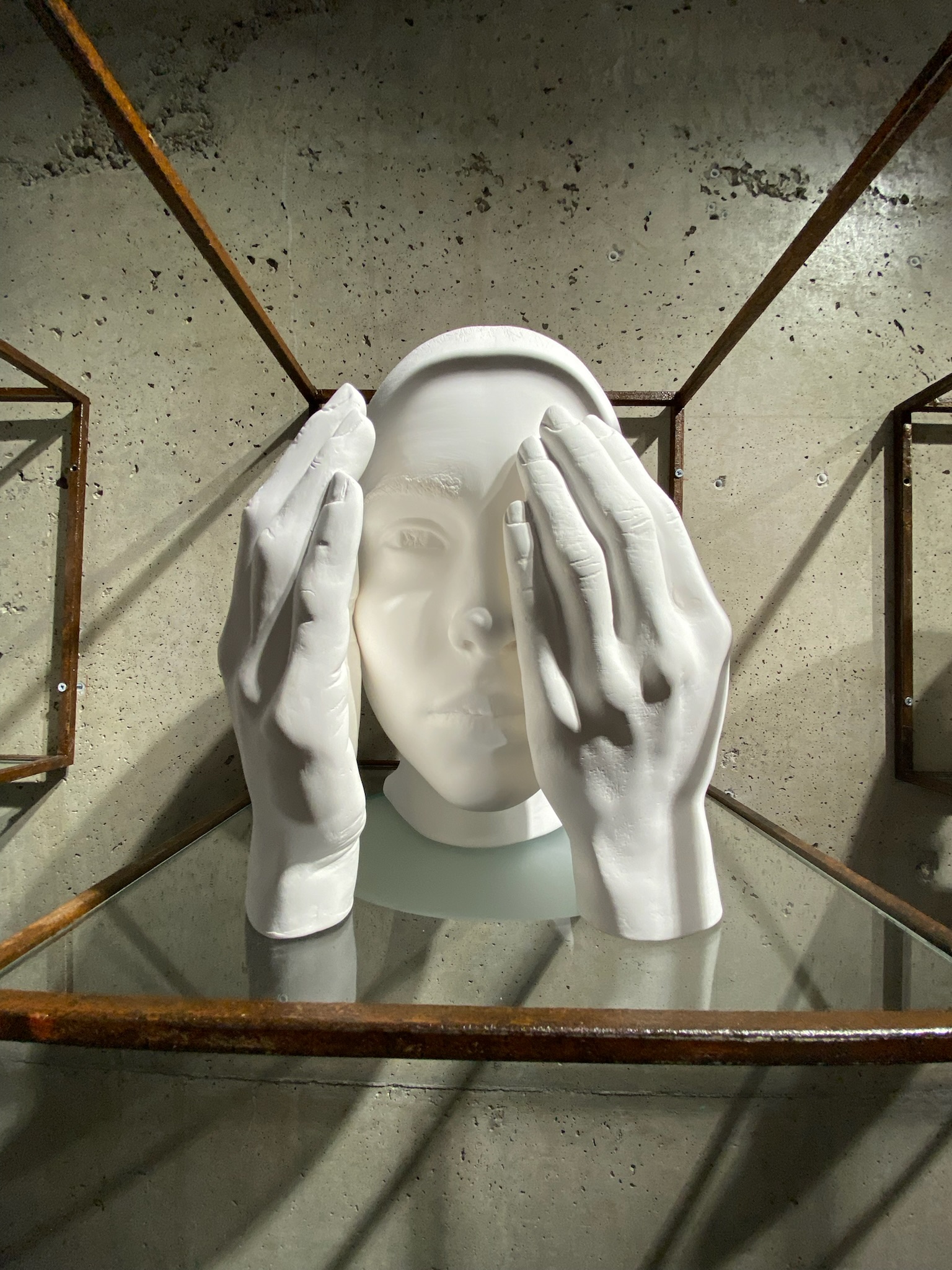
“Art Makes Women’s Voices Heard”
GÖNÜL NUHOĞLU
The title “Woman Has a Name” was used as an antithesis to draw attention to the women’s problem. By expressing a situation that does not actually exist, you reveal what is actually missing or what should be there, just like in one of my works in the exhibition, my neon work “Every girl is a princess”.
Art is my way of expressing myself. As a woman, it would not be possible for me to remain insensitive to this issue in this society I live in. Art may not “save” women, but it gives them existence, makes their voices heard, empowers them, and encourages social change. It does not save, but it prepares the ground for salvation and can activate the necessary dynamics.
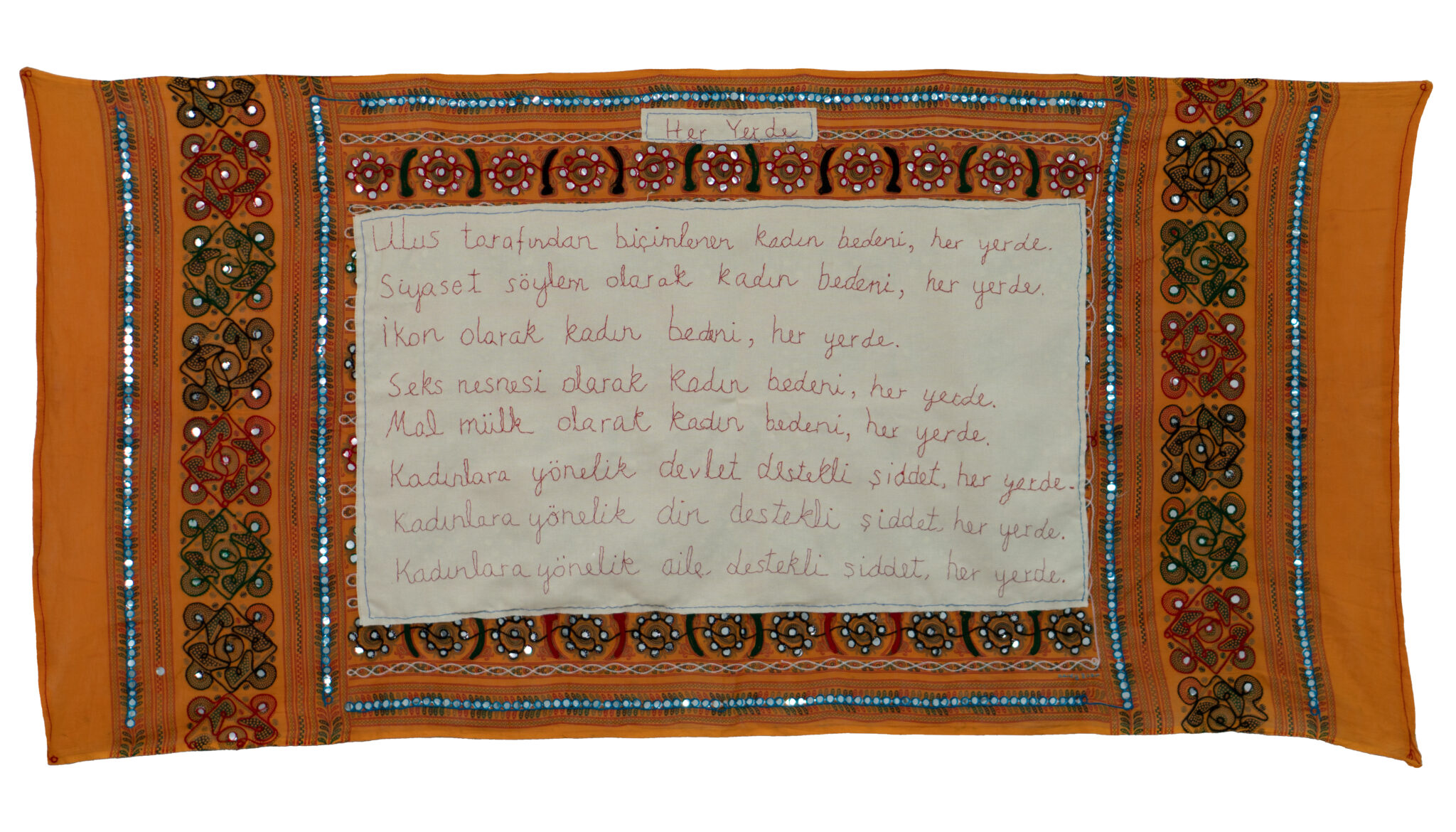
“We Have Our Name, Our Voice, Our Place in Society”
NANCY ATAKAN
Let’s think. What else could the exhibition be named? The Woman Has No Name. Or Does the Woman Have a Name? Would such a negative name be more accurate? If we look at the statistics not only in Türkiye but all over the world, we can draw a picture of violence against women. I think we should be positive. We must be hopeful. The artist can imagine and show the world she wants, instead of repeating what is shown in the media. We have our name. We have a voice. We have a place in society. First, we must care about ourselves and believe in ourselves.
Of course, art cannot save women. Women of all classes do not visit galleries in Istanbul. This summer, I will participate in the Baksı Museum’s Utopia project for the second time. I attach great importance to projects carried out outside big cities. But most of the time, as an artist, I try to express the situations I experience, see, know, feel and dream with visual language.I care about collaborations when doing projects. Since 2007, I have been running the project area called 5533, which I started with Volkan Aslan, outside the city center. Sometimes people from different classes, artisans, and those who are not interested in art also visit. This is my goal. Maybe I might even have shown one or two people a side they had never thought before. Maybe they can look at it from a different perspective and say, “Aha! “This might also be true,”. They can know that they are not alone. Maybe.
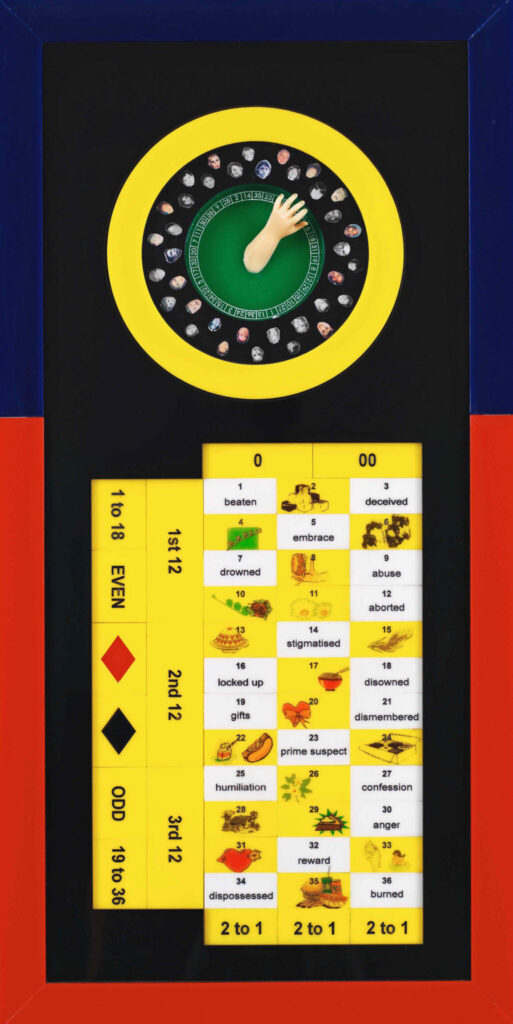
“A Very Tough, Bloody War”
İPEK DUBEN
Anıt Sayaç, created by artist Zeren Göktan in memory of women who died from violence in Turkey, digitally records the daily numbers of women killed since 2008. According to the records kept by Anıt Sayaç, while the number of women who died as a result of male violence in 2008 was 68, it increased to 147 in 2012, 294 in 2015, 410 in 2023, and 182 on June 7, 2024. That is, a 70 percent increase between 2008 and 2023. is seen. Although it may seem like a joke to say “Women Have a Name” in the face of this fact, as a result of the increase in the number of associations and non-governmental organizations that protect women, help them, defend their rights and raise their awareness, and the active contributions of many women who work as volunteers, lawyers, doctors and educators, victimized women are subjected to the authority of men. Their resistance to oppression and violence also increased. What disturbs men the most is the fear of losing the right to control and dominate women as their property. This fear is behind the mentality that canceled the Istanbul Convention.
Is it possible to talk about art alone saving women? When considering a very broad issue such as changing the social mentality, we have to remember the complex structure of the issue itself and accept that the solution requires a multifaceted approach. The transformation adventure of the women’s movement in North America, where the feminist movement was strongly felt from the 1960s to the 2000s, taught us a lot. Feminist publications, exhibitions, performances and declarations in the art world expose the distortion and imbalance in the representation system in which male artists are represented and managed by male curators and museum directors, and absurd definitions such as the “feminine” characteristics attributed to women artists such as the color pink, decorative drawings, and preference for sugary subjects. The women artists strongly opposed the discrimination they suffered from.
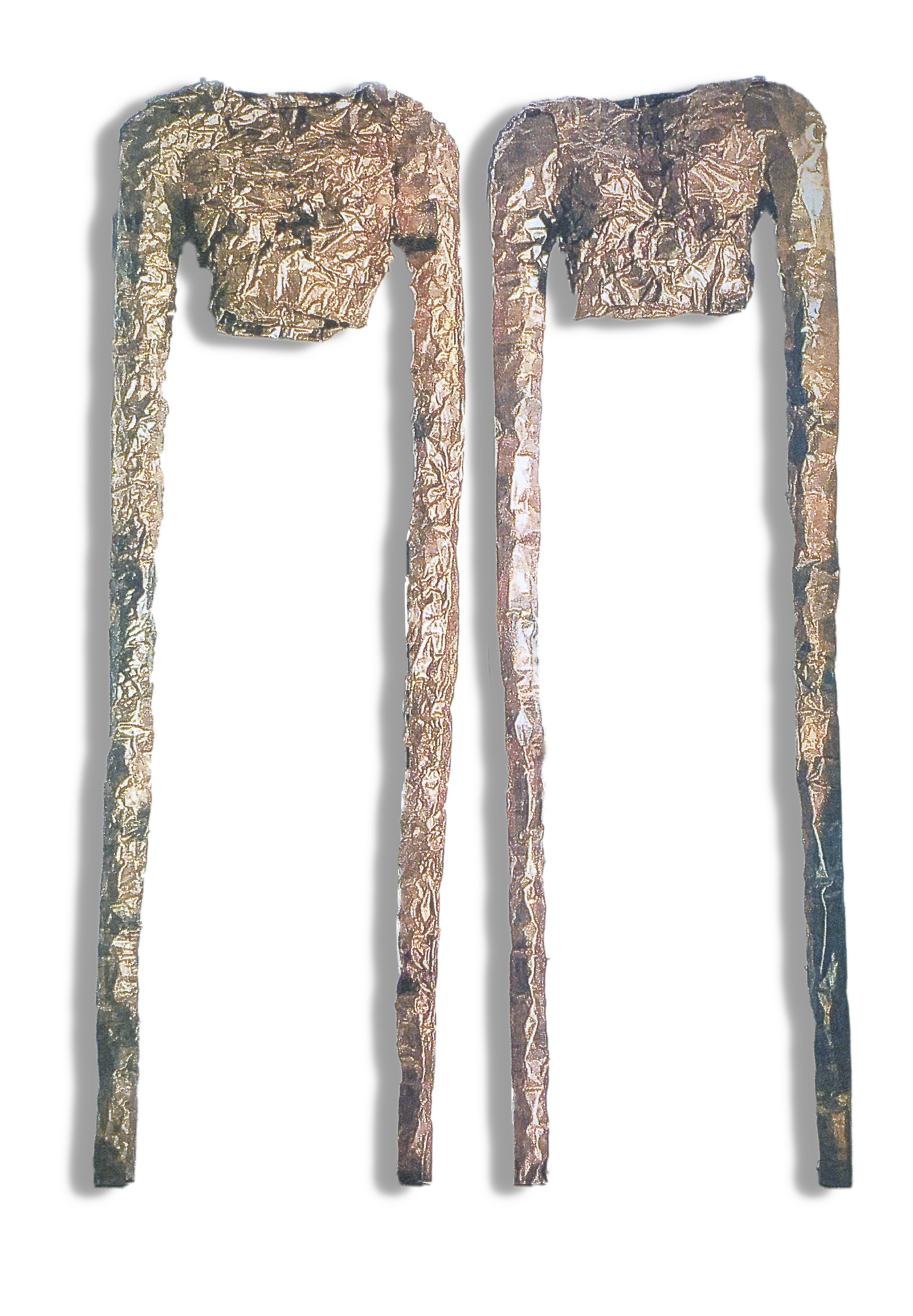
“I Know That Woman Have A Name”
SUZİ HUG LEVY
I know, see and believe that the Woman Has A Name, and I try to show it through my work and my life. If the work of art, on the one hand, functions as the artist’s energiser, and on the other hand, can attract the attention of the viewer, influence them, make them think about and question, then, in my opinion, it has achieved its purpose.
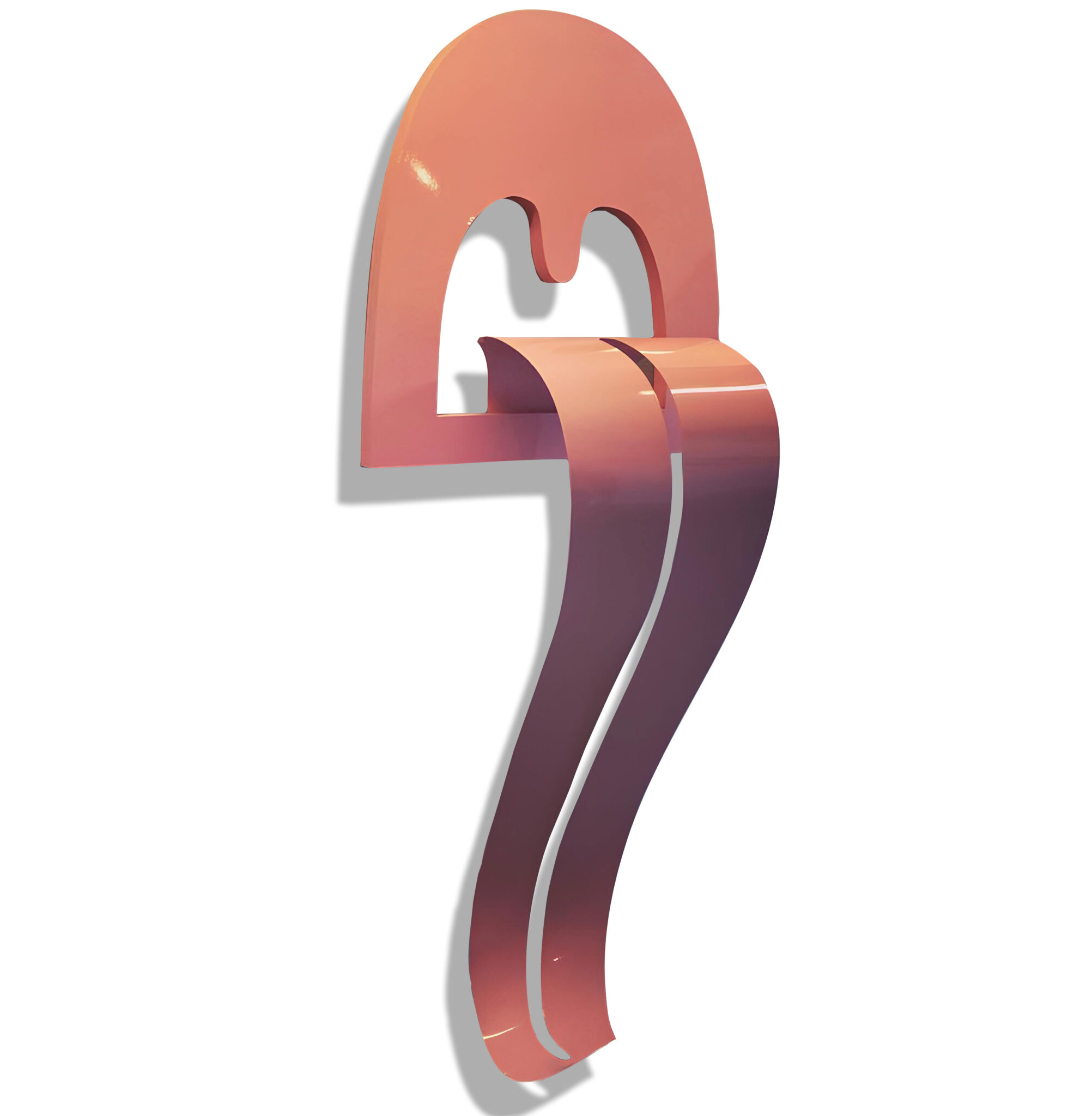
“It Is An Intention, Not a Solution Proposal”
DİLARA AKAY
I believe that we have formed a union of forces in this exhibition with the valuable artists who exist as women in our male-dominated society with their artistic journey and their meaningful works. Of course, the works will evoke different echoes in the audience. I think the exhibition “Woman Has a Name” has a strong message about how art and society can help us find a way in life, even in the darkest times, and that we can increase our resilience through solidarity.
My work includes making sense of women’s existence based on my own existence in the region I live in. By asking the right questions about the conditions imposed; I want to be a voice and show solidarity to the silenced screams of women, minorities and mother nature. I have the will and desire to create dialogue through art in order to live together peacefully with all individuals, living and non-living beings, in a more aware, united and just society. This intention can be considered as a situation assessment, not a solution proposal.
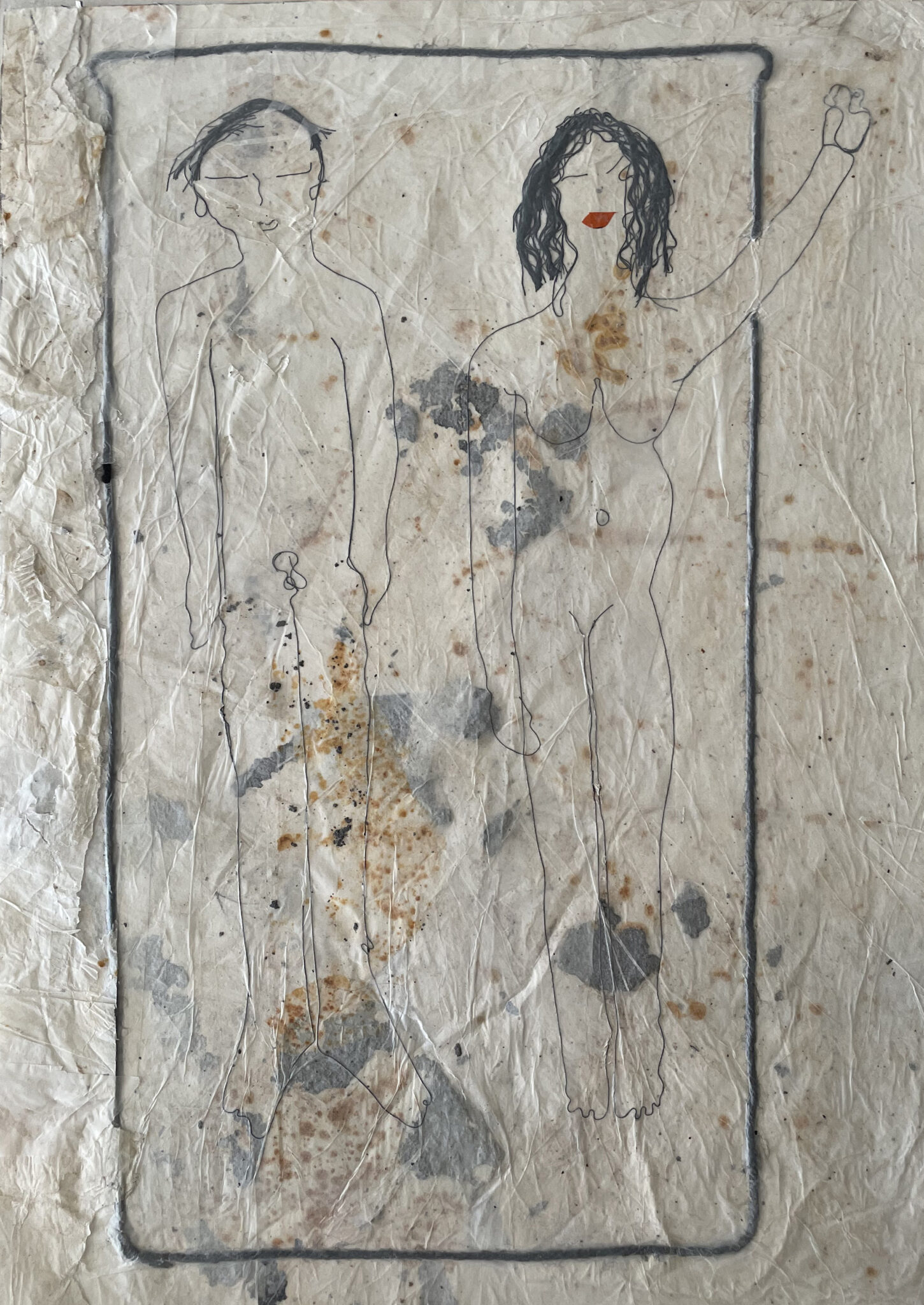
“The Woman Knows That She Is No Longer Passive”
AZADE KÖKER
Does art save women?
Thinking can begin with the answer to the question “What is art?” Art is a discipline and it has rules. Everyone can get a little bit of this and start to become conscious; That is, they can get into cute and smart moods, it is useful: But not everyone can be an artist.
Art is a very uphill adventure, a quest about thinking and searching for the truth. It is full time, full year, full life work. Occasional experiments may be very respectable pursuits, but they are not enough to reach the truth.
After these definitions, let’s take a look at the topic:
“The woman, the one who cannot have freedom over her own body./ The woman whose voices and words cannot be heard./ The woman, the object of spectacle./ The woman, the object of desire. / The woman, excluded from the writing and interpretation of history.”
I don’t like these titles, which are used through male characters and the masculine gaze, which reduce women to sexual objects. We live in a culture surrounded by patriarchal norms. It is necessary to put an end to this helplessness before making the same mistake.
Systematic discourses used from the masculine perspective ensured that women were trapped in this negative world and brought this to social acceptance and even legalized it. No; women are not passive. She herself now knows that she is not passive (this is one of the reasons for the increasing “femicide”).
So in this case we need to reverse the titles:
The woman, feeling about her own body, the world of freedom, sex and satisfaction she lives in
The woman, whose voices, desires, words, is heard and seen; an adult (although she may play the role of a child when necessary)
The woman: the one who watches, observes, perceives and desires
The woman: the one who collects and distributes energies and organizes social life
The woman, producer and fertile
The woman, economy, marketing, politics, law, justice, demonstration, strike
The woman, melody, rhythm, harmony, dynamics, color
The woman, her role in history and the symbol of resistance
These titles are true for “women” from various segments of society and the reality of “women” throughout history. Very soon, many women will claim these titles.
Art should not try to serve these views by trying to respond to masculine nonsense – this is a waste of time but rather work more on women’s bodies, desires, satisfactions, activities, worlds, communications, resistance and productive energies. Therefore, the feelings and thoughts of the woman artist can definitely reflect the reality of these issues in their artistic productions.
I think this may be the most important role played by art.

